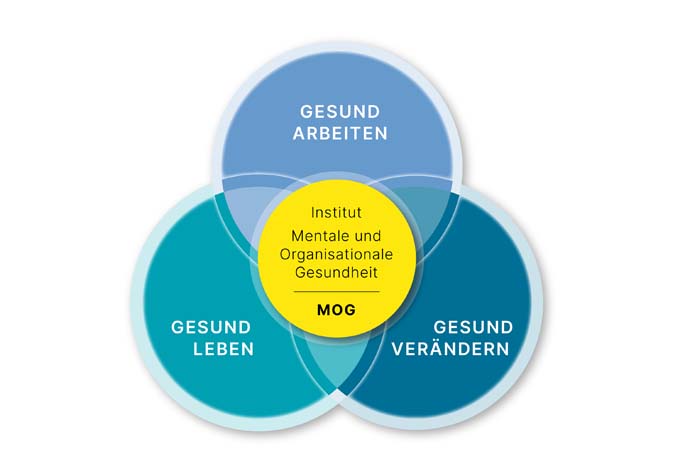Further education sector faces new challenges
The continuing education sector is in a phase of recovery following the slump caused by the coronavirus pandemic. The results of the SVEB Industry Monitor demonstrate that providers have been experiencing a slightly positive industry trend since 2022, which will continue in 2024. Continuing education institutions are expecting the strongest positive developments in terms of supply and demand in particular. Meanwhile, the surge in digitalization in continuing education practice associated with the pandemic has slowed significantly.

The SVEB Industry Monitor is published once a year and monitors developments in the continuing education sector, particularly in the areas of the economic situation, supply, demand and staffing levels. The results are based on the SVEB's Provider Survey 2024, which is based on information from 423 continuing education organizations.
Demand on the rise again
Following the severe slump in supply and demand as a result of the coronavirus pandemic, the continuing education sector has been in a phase of recovery since 2022. All four dimensions show a slightly positive industry trend in 2023 and the continuing education providers surveyed also expect a positive trend for the current year. Just over half expect an increase in demand and supply volume for 2024. The assessment of the economic situation is positive, but more subdued than in the previous year, which could be an indication of falling margins.
The digitalization push in continuing education practice associated with the pandemic has slowed down somewhat in the meantime, and in some cases a backward movement is even evident. Developments in offerings in connection with AI have only been mentioned sporadically so far.
Individualization as a challenge
In addition to the resource-intensive development of new courses and the continuous improvement of existing courses, providers consider individualization and flexibilization to be a challenge. As requirements and skills in the world of work change very quickly, the continuing education sector must also be able to react flexibly.
At the same time, some providers state that they find the recruitment of qualified personnel challenging. Employee retention is also difficult in some cases, as there are many alternatives for qualified training personnel.
Source: www.alice.ch









